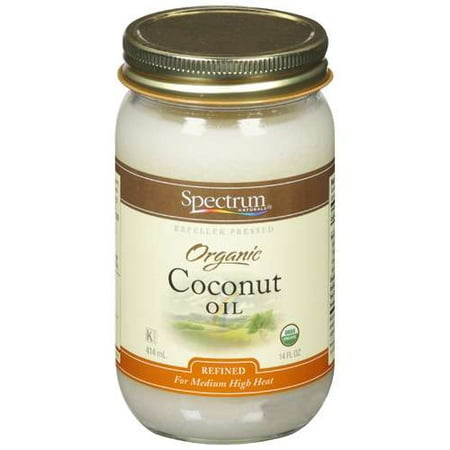1. My chosen artifact is the “fist pick.”
2. How do you classify your artifact? In what groups can you place your artifact? What connections can you make to other artifacts in the group?
The fist comb features a clenched fist at the end symbolizing the fight for civil rights and identity. The fist comb is a cultural artifact that is now featured in Museums for its role in black history. Putting the comb in your hair was a political statement. Hair doe not naturally grow in an afro, you would need to have it cut in a certain way and constantly pick it with a comb to maintain its volume. However, practicality was not the main motivator for wearing the comb in your hair.
3. Identify points of similarity between your artifact and others. Then identify points of difference with other artifacts. How is it similar? How is it different?
The fist comb when in comparison to other cultural artifacts that I chose is different because of the blatant in your face message to stand up and fight for your rights. It literally has a fist and some also have a peace sign. This contradiction of the comb is a sign of its time. They became popular in the 70s when the peace sign was a popular style icon. When in comparison to lets say braids or coconut oil these artifacts loose its meaning, because you would have to be in the community to really understand these artifacts. The fist comb is a in your face obvious symbol. Even if you have been living under a rock or stoned all through the 70’s the meaning of the fist comb can not be denied.
4. What metaphors or analogies suit your artifact? (Explain if needed)
Expanding the hair with force, you will recognize my presence and fight.
Tougher then Nigerian Hair.
5. How is your artifact characterized? (How do people/media/groups characterize it?)
The black fist pick was a style worn in the late 60s and early 70s. In movies the rebels are always shown with a black fist pick. It is now in Museams for its role in black history, It is a style symbol, a political symbol and a identity symbol.
6. What cultural narratives govern your artifact?
Assata Shakur famously wrote about the power in hair. Since the 70s the hair fist hair pick has shown up in mainstream media a lot. Seeing some one else adorn a hair pick meant that you were united in the fight to end their oppression. Even now the symbol of the pick represents the fight for equality.
7. What assumptions, stereotypes, habits, social practices, and institutions frame your artifact?
When seeing someone with a hair pick in their head the assumption at the time was different depending who you asked. To some this represented a trouble maker to others it represented unity. But wearing the pick was a statement.
8. What doctrines or practices affect your artifact? (Or, what doctrines or practices you’re your artifact affect?) Political parties and platforms? Religious? Ideological? Which ones? Are there cultural “rules” and practices? Which?
The fight for civil rights. It is definetly a political platform and a cultural one and even a symbolic one.
9. How does your artifact affect culture? How does culture affect your artifact?
The comb created unity



